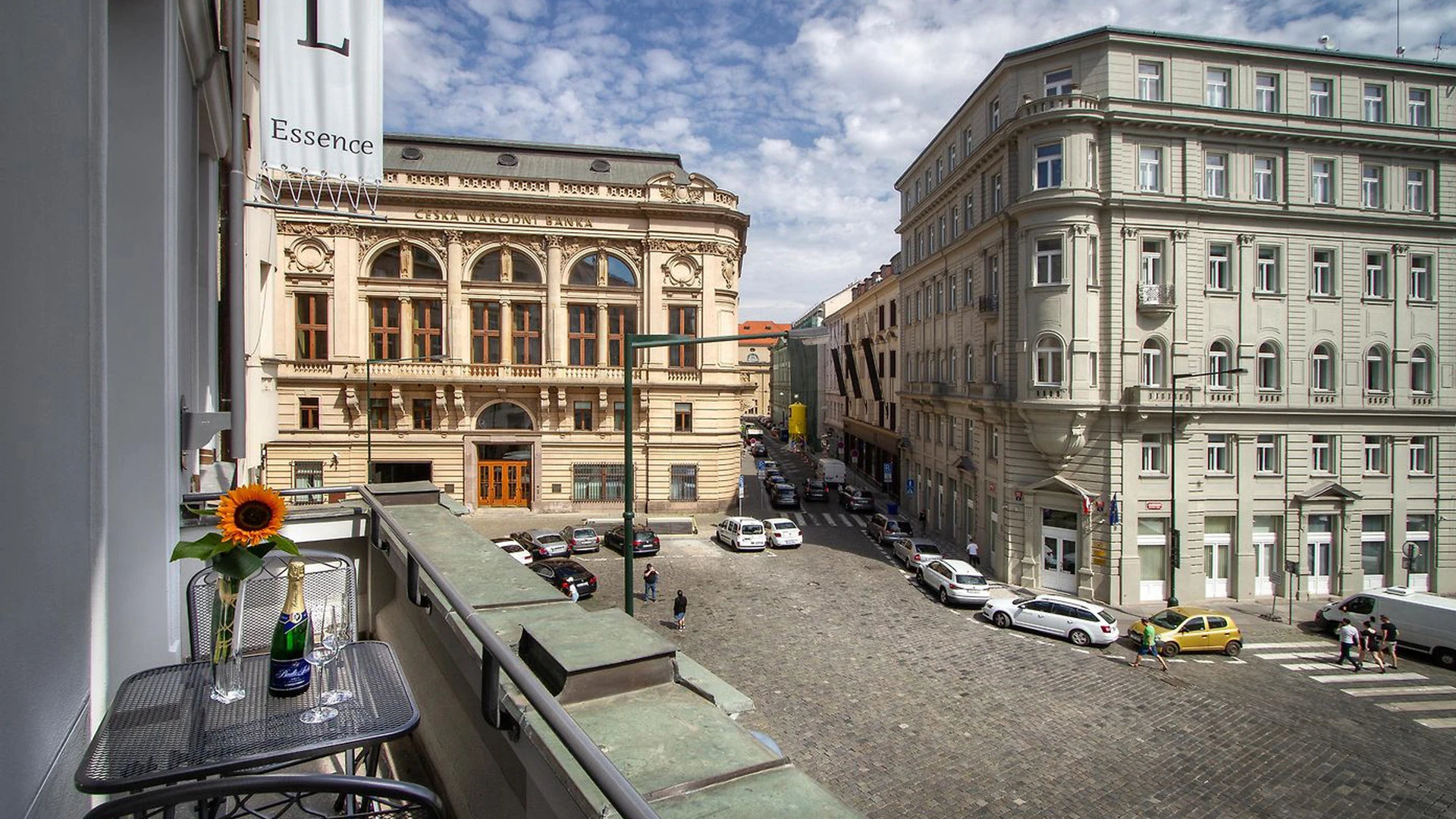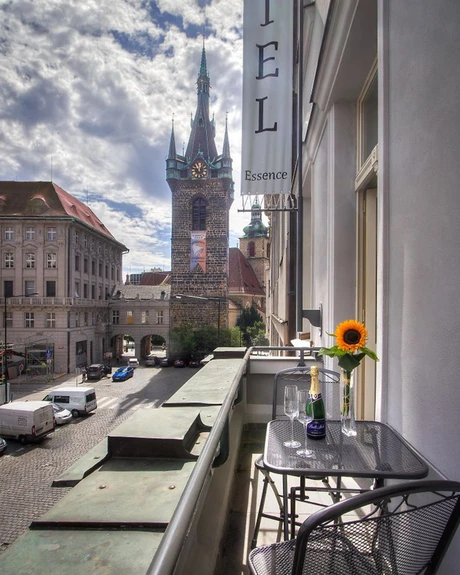The Powder Tower
Originally built in the 13th century, served as one of the 13 entrances to Prague's Old Town. King Vladislav Jagelonsky laid its foundation stone in 1475, gifting it to the city council as a coronation present. Constructed by Matěj Rejsek and inspired by Petr Parléř's Old Town Bridge Tower, its ornate design belied its limited defensive capabilities. Construction ceased after 8 years when the king fled due to an uprising, later relocating his seat to the Castle upon his return. Renamed in the 17th century for its role as a gunpowder storage facility, the tower suffered severe damage during Prussian occupation in 1757. It underwent restoration during the gate's renovation in 1876.





